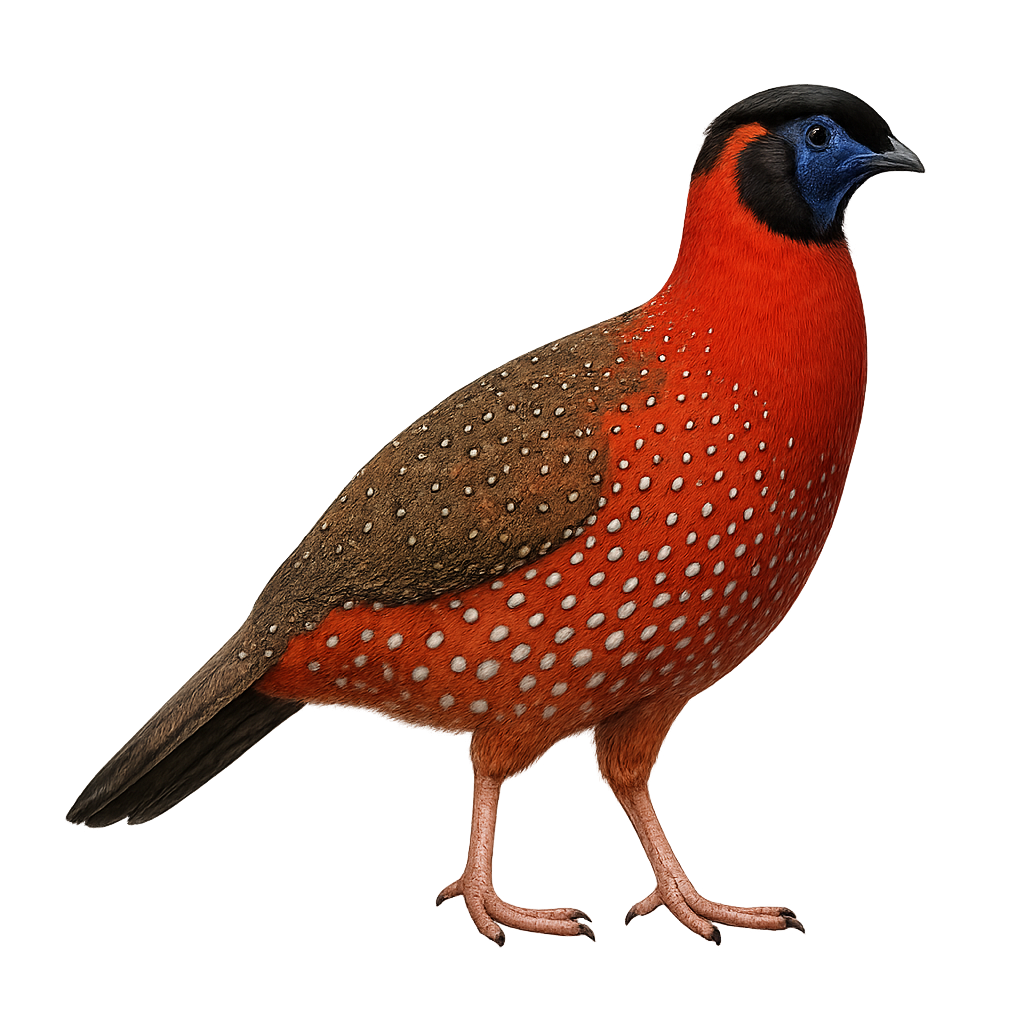Your wildlife photography guide.
Explore the satyr tragopan in detail, study its behavior, prepare your shots.
Where to observe and photograph the satyr tragopan in the wild
Learn where and when to spot the satyr tragopan in the wild, how to identify the species based on distinctive features, and what natural environments it inhabits. The WildlifePhotographer app offers tailored photography tips that reflect the satyr tragopan’s behavior, helping you capture better wildlife images. Explore the full species profile for key information including description, habitat, active periods, and approach techniques.
Satyr Tragopan
Scientific name: Tragopan satyra

IUCN Status: Near Threatened
Family: PHASIANIDAE
Group: Birds
Sensitivity to human approach: Suspicious
Minimum approach distance: 10 m
Courtship display: April to June
Incubation: 26-28 jours
Hatchings: May to July
Habitat:
Mountain forests, temperate forests, scrublands
Activity period :
Primarily active during the day, with peak activity in the morning and late afternoon.
Identification and description:
The Satyr Tragopan is a fascinating bird native to the mountainous forests of the Himalayas. This medium-sized pheasant is particularly remarkable for its striking plumage. The male displays vibrant colors, with shades of red, orange, and blue, while the female is more subdued with brown and gray tones, allowing her to blend effectively into her surroundings. The Satyr Tragopan is known for its spectacular courtship displays, where the male spreads his feathers and emits loud calls to attract a mate. It primarily feeds on vegetation, seeds, and insects. Although its habitat is threatened by deforestation, it remains relatively common in some areas.
Recommended lens:
400 mm – adjust based on distance, desired framing (portrait or habitat), and approach conditions.
Photography tips:
To photograph the Satyr Tragopan, it is advisable to use a telephoto lens of at least 400mm to capture the details of its plumage without disturbing it. The best opportunities arise early in the morning or late in the afternoon when the light is soft. Look for areas where the bird is likely to feed or display. Be patient and discreet, as the tragopan is suspicious and can easily flee if disturbed. Use a tripod to stabilize your camera and adjust the ISO settings to compensate for the low light in the undergrowth.
The WildlifePhotographer App is coming soon!
Be the first to explore the best nature spots, track rutting seasons, log your observations, and observe more wildlife.
Already 1 431 wildlife lovers subscribed worldwide

